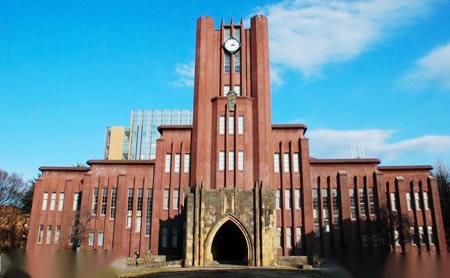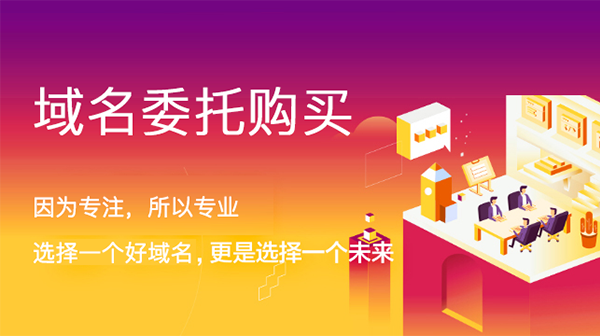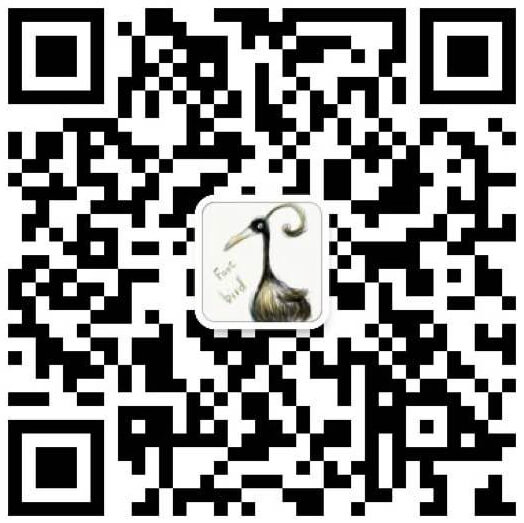京都大学品牌怎么样 申请店铺
外推网助力京都大学品牌出海!将品牌入驻外推网,定制京都大学品牌推广信息,可以显著提高京都大学产品曝光,简直是跨境电商爆单神器!目前仅需1000元/年哦~

始于1869,日本著名研究型国立综合大学,环太平洋大学联盟成员,现共有10个学部,其以培养科学家见长,被誉为“科学家的摇篮”
京都大学(Kyoto University),简称京大。1897年,其被设立为“京都帝国大学”。二战后,正式更名为“京都大学”。京都大学作为日本第二所设立的旧制帝国大学,与东京大学分处日本东西两方。
学校规模
京都大学为1869年建立、1897年开设大学教育的日本国立大学,简称“京大”。初建时整个大学只有一个理工科分科大学,共有6个专业21个讲座,学生不到500人,木下广次为首任校长。数年之后,又增设了法科、医科、文科等3所分科大学,这时全校已有5个分科大学。4年后新的大学令颁布,分科大学改名为学部。法学部原有的法律学和经济学分家,同时上升为学部。经过数年的努力,农学部和一些研究机构相继成立,学校规模有了很大的发展,学生人数成倍增加,京都第三高中并入后,以此为基础成立了人文学部,后发展成为今天的教养学部。
战后,按照新的教育法,全部实行新制,削去帝国大学中的“帝国”二字,清除军国主义对京都大学的破坏和影响,包括实行男女共学,清理教师队伍,废除一些不合时宜的讲座,增设教育学部、药学部和一些研究所,研究生的教育得到了长足发展,对外开放门户。这样,就成了在日本仅次于东京大学的学科齐全、规模宏大的国立综合大学。
学部设置
京都大学现共有10个学部,各学部所属系科及附属设施有文学部,含文学、史学、哲学及人际学4系,共51个讲座,并设有文学博物馆、中亚研究所等;教育学部,含教育学、社会学、心理学3系共14个讲座;法学部,仅有法律学一个系含公法、民刑法、基础法学及政治学4科共39个讲座,附属图书馆中设国际政治法律文献中心;经济学部,含经济学、经营学2系共11个讲座;理学部,为京都大学较大的学部之一,几乎包括自然科学各个领域,即有数、理、化、生、宇宙、地球科学等9个系共70个讲座,各系既相互独立又相互交叉,设施有两个天文台,8个火山、地震、气候、天体学等方面的观测所,4个海洋实验所,一个植物园等;医学部,含有基础和临床两大分部的若干系科共有39个讲座,附属机构有校医院,脑神经研究、免疫学研究设施,人体先天异常标本中心,综合解剖中心,动物实验设施等。工学部,是京都大学庞大的学部,含24个系168个讲座,研究领域涉及冶金、电气、自动化、航空、机械、原子能、土木建筑、化工、交通、信息工程等,附属机构有离子工程,自动化研究所、环境微量污染防治、重质炭资源转换等工程研究设施;药学部,含药学、制药化学两系共13个讲座,附设药用植物园;农学部,含10个系53个讲座,并有附属农场、林场、牧场、及供农学研究、亚热带作物、水产、细胞培养、农业会计等方面进行研究的设施等。
Started in 1869, Japan's famous research-oriented national comprehensive university, a member of the Pacific Rim University Alliance, now has a total of 10 departments. It is known as the "cradle of scientists" Kyoto University (abbreviated to Peking University) for its expertise in training scientists. In 1897, it was established as "Kyoto Imperial University". After World War II, it was officially renamed "Kyoto University". Kyoto University, the second old Imperial University in Japan, and Tokyo University are located in the East and west of Japan. Kyoto University is the National University of Japan, which was founded in 1869 and opened university education in 1897. At the time of initial construction, the whole university had only one branch University of science and engineering, with 21 lectures in 6 majors and less than 500 students. Muxiaguangci was the first president. A few years later, three branch universities were set up, including law, medicine and liberal arts. At that time, there were five branch universities in the whole university. Four years later, a new university order was issued, and the branch University was renamed the Department of learning. The former law and economics departments of the Ministry of law are separated, and at the same time they are upgraded to the academic departments. After several years of efforts, the Ministry of agriculture and some research institutions have been set up one after another. The scale of the school has been greatly developed, and the number of students has doubled. After Kyoto No. After the war, in accordance with the new education law, all the new systems were implemented, the word "empire" in Imperial University was eliminated, the destruction and influence of Militarism on Kyoto University were eliminated, including the co education of men and women, the cleaning up of the teaching staff, the abolition of some inappropriate lectures, and the establishment of the Ministry of education, the Ministry of pharmacy and some research institutes. The education of graduate students has been greatly developed and the door to the outside world has been opened 。 In this way, it has become a comprehensive and large-scale national comprehensive university in Japan, next to Tokyo University. There are now 10 departments in Kyoto University, and the departments and affiliated facilities of each department include the Department of literature, including 4 departments of literature, history, philosophy and interpersonal studies, 51 lectures in total, and Literature Museum, Central Asia Research Institute, etc.; the Department of education, including 3 departments of education, sociology and psychology, 14 lectures in total; the Department of law, only one department of law, includes public law, civil criminal law, and foundation There are 39 lectures in four subjects of law and political science. The affiliated library has an international political and legal document center. The Department of economics, including two departments of economics and business, has 11 lectures. The Department of science, one of the larger departments of Kyoto University, almost covers all fields of natural science, including nine departments of mathematics, science, chemistry, biology, universe and earth science, with 70 lectures. Each department is independent of each other There are two observatories, eight observatories in volcano, earthquake, climate and astrology, four marine laboratories and a botanical garden. The Ministry of medicine has 39 lectures in several departments including basic and clinical branches. Its affiliated institutions include school hospital, brain and nerve research and immunology research facilities, human congenital abnormality specimen center and comprehensive anatomy center, Animal experiment facilities, etc. The Ministry of engineering is a huge department of Kyoto University, which has 24 departments and 168 lectures. Its research fields involve metallurgy, electricity, automation, aviation, machinery, atomic energy, civil engineering, chemical industry, transportation, information engineering, etc. its affiliated institutions include ion engineering, Automation Research Institute, environmental micro pollution prevention and control, heavy carbon resource conversion and other engineering research facilities. The Ministry of pharmacy includes pharmacy There are 13 lectures in the two departments of pharmaceutical chemistry, with medicinal botanical garden attached; the Ministry of agriculture, with 53 lectures in 10 departments, has affiliated farms, forest farms, pastures, and facilities for agricultural research, subtropical crops, aquatic products, cell culture, agricultural accounting, etc.
本文链接: https://brand.waitui.com/c1c526c56.html 联系电话:请联系客服添加 联系邮箱:请联系客服添加


















 浙公网安备 33011802001999号
浙公网安备 33011802001999号
